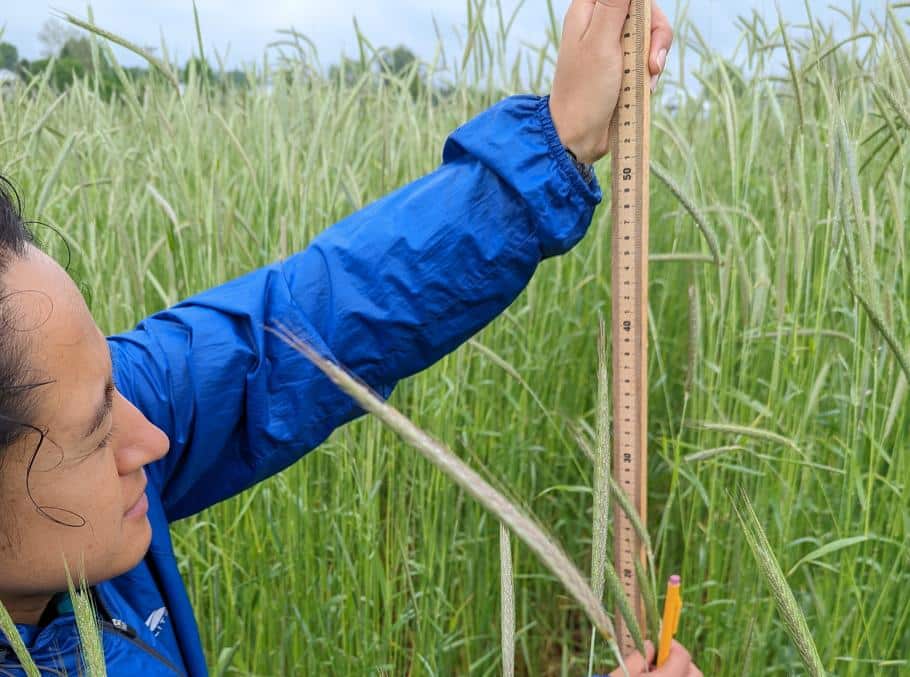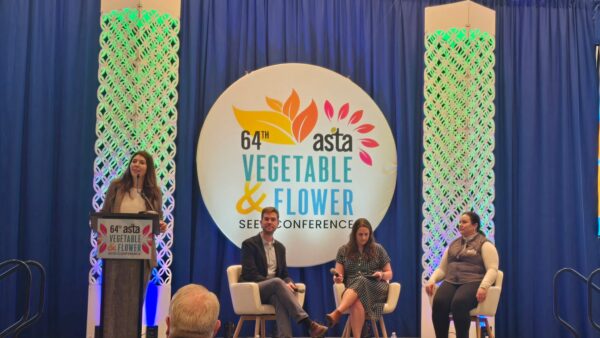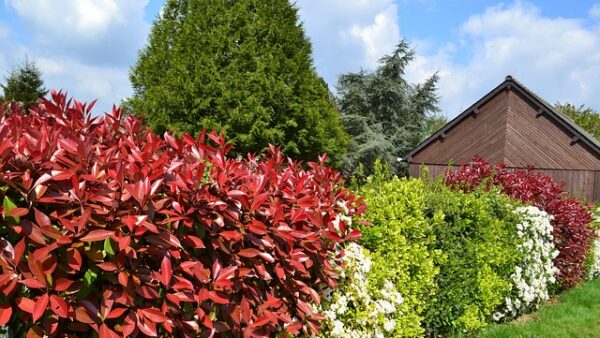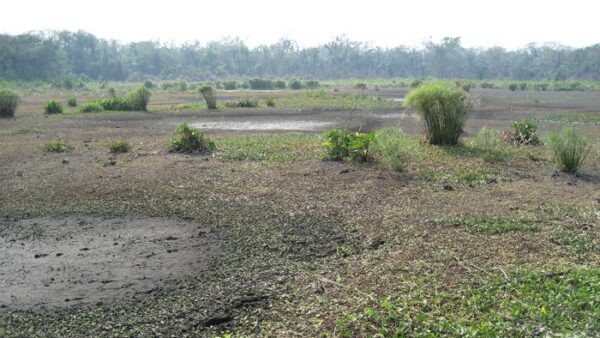Hybrid rye is growing in popularity in the United States. Our team at KWS Cereals strives to make sure we can arm farmers with the agronomic information they need by working with research partners. These researchers help us gain practical field information about our hybrid rye varieties across the country.
Recently I caught up with one of our research partners — Jochum Wiersma, an extension professor at the University of Minnesota. He has been growing rye test plots for the better part of the past decade and is impressed by what he has witnessed. I’ll let him tell you more about the crop that he describes as “amazing.”
I’ve worked at the University of Minnesota for the past few decades and in that time my research work has moved from focusing on battling Fusarium head blight in spring wheat and barley to looking into opportunities for winter cereals as grain crops to diversify crop rotations in the state. In the past decade the push for cover crops has increased, with previous research having focused on fall rye as a cover crop in the northern Plains. This made me want to take a look at the opportunities for winter rye.
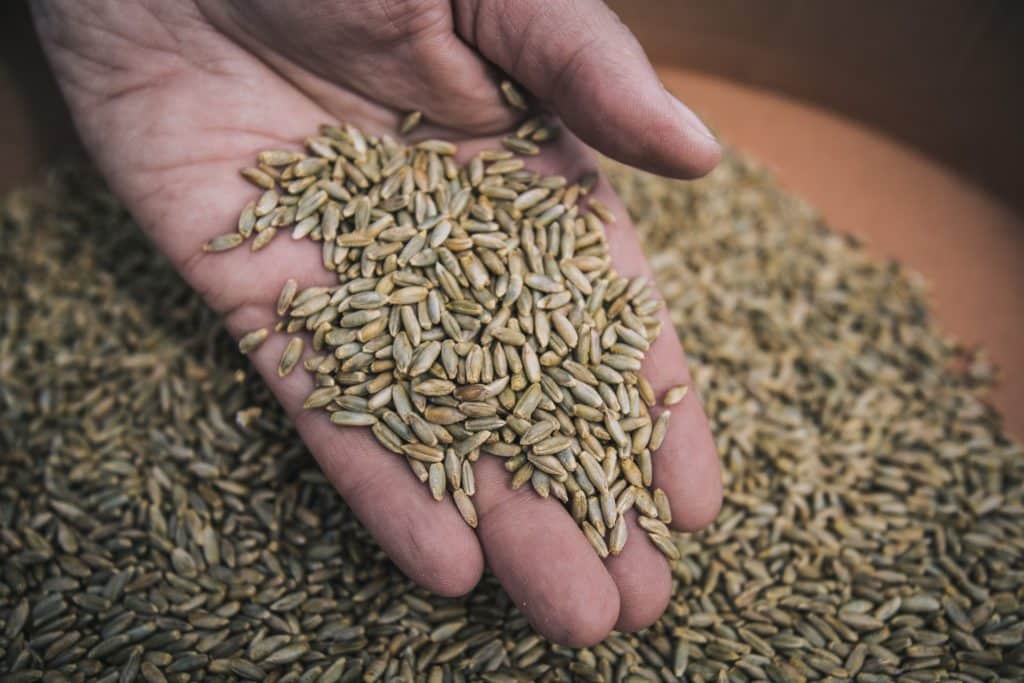
However, those older open pollinated rye varieties weren’t all that great agronomically. Rye was an afterthought to most farmers and would be planted on the poorest of the poor soils. At the University of Minnesota, we hadn’t even done a rye variety trial in three or four decades.
I planted the first winter rye yield trials, which included hybrid rye varieties, in 2014. Since then, I’ve been blown away by the results I have witnessed. I was impressed by their winter hardiness and the yield bump of 30 to 40% of hybrid rye over the best open pollinated varieties. In the years since that initial trial, we’ve expanded to include research on agronomic recommendations for nitrogen fertilization, seeding rates and planting dates.
I see hybrid rye as a way for farmers to widen their crop rotations. I think it’s a good fit for across the northern Plains. Once you take hybrid winter rye off those really poor soils, and plant it on a reasonably well drained field with water holding capacity, that’s when you get into those 140 plus bushel acre yields. The yield advantage of hybrid rye over winter wheat is substantial.
The farmers I work with who grow hybrid rye like it. One is growing it as livestock feed for his swine operation while another ships his crop down to Kentucky to be used in bourbon making.
I work closely with farmers to make sure they’re planting hybrid rye in the right conditions. We’ve had some cold wet falls and I stress to farmers not to plant it too early as then you risk the chance of introducing pest problems. I want farmers to have a successful introduction to hybrid rye which means arming them with the information they need to grow a good crop. I think hybrid rye has potential long term and is the crop that can change your farm.





